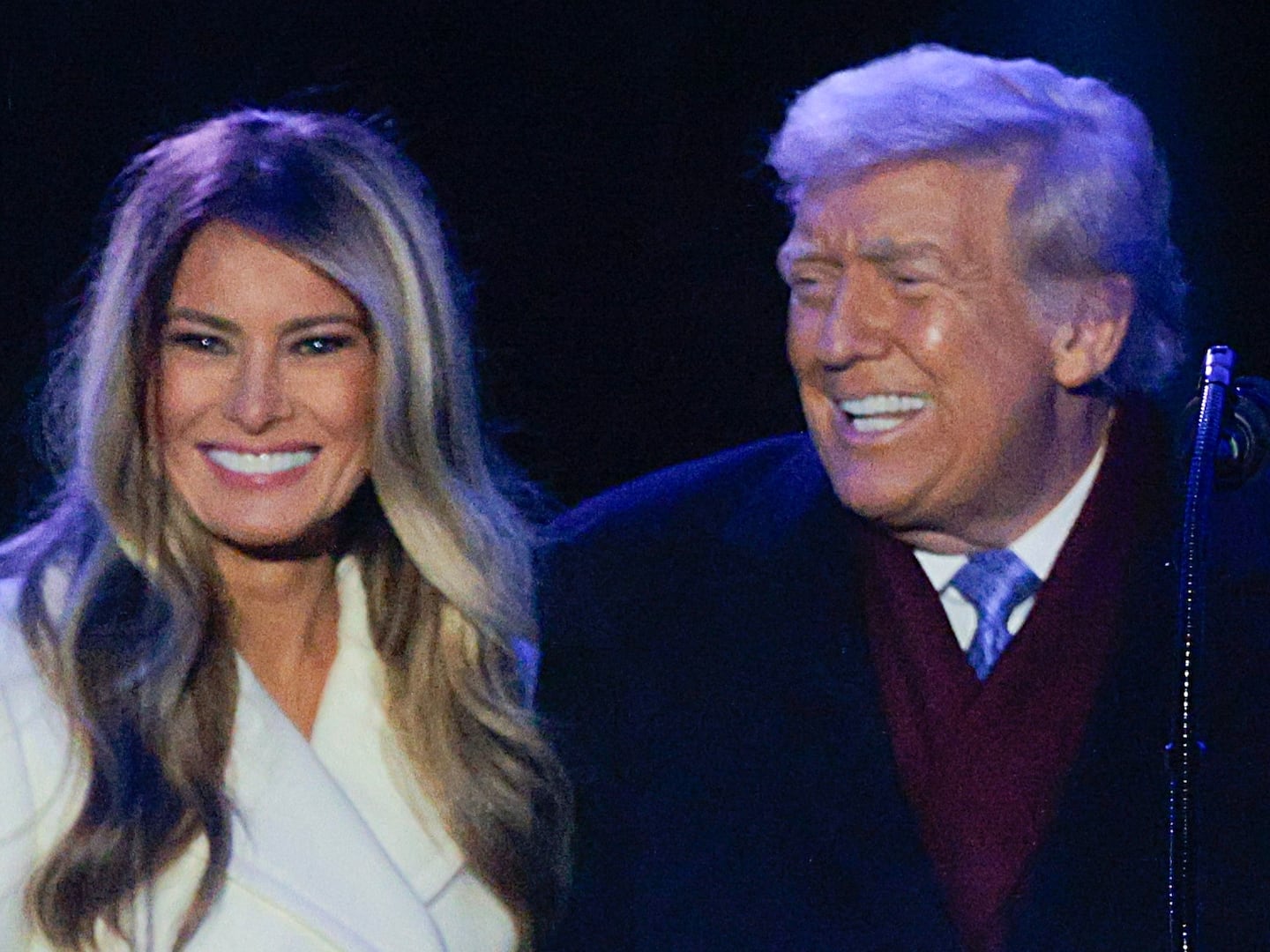Harry Tye was buried Tuesday at Arlington National Cemetery in a ceremony that symbolized this country’s commitment to those who fight and die in wars declared by Congress and fought by the young, too often forgotten. His journey from the field where he fell to a ritual that summoned a few surviving members of his family to a grave on a misty morning was captured beautifully by Mandy McLaren of the Washington Post.
Tye was a 21-year-old rifleman assigned to the 2nd Marine Division when he was killed in action. He grew up in Gallagher, West Virginia, an unincorporated village with a listed population of 752 in the 2016 census.
He died on the first day of battle. On November 20. In 1943. On Tarawa, an island in the South Pacific held by the Japanese. His remains went undiscovered until they were found and identified after nearly 74 years had passed between when a bullet ended his life and when his flag-draped casket was carried by a horse-drawn caisson to the cloture and comfort of our country’s most revered final resting place.
Tarawa was one of history’s bloodiest chapters. It was the successful start of America’s island-hopping battle campaign that lasted another two years and concluded on Iwo Jima and Okinawa before Japan finally surrendered after an atomic bomb fell on Hiroshima and then Nagasaki.
The fight to claim Tarawa was brief and brutal. It encompassed three days, 76 hours. In those three days 894 Marines were killed. There were 3,100 casualties out of the 12,000 Marines who landed on the beach. During those 76 hours of fierce fighting 4,600 Japanese soldiers were killed.
Across all the decades between then and now, the dust of history covered the memory of that island and those three days of horror. Other wars arrived; Korea, Vietnam, the Gulf, Afghanistan, Iraq. Other struggles called the United States to the world stage where we sent forces to defend the defenseless or again employ our youngest and bravest to define political goals: Lebanon, Grenada, Panama, Somalia, The Gulf, Bosnia, Kosovo, Libya.
But Harry Tye was never forgotten by the few, his family, the Marine Corps and those who work today and have worked for years at finding and identifying the lost whose lives and deaths are symbols of honor and commitment.
The Post article reports that David Tincher was present at Arlington for the funeral of Harry Tye, his great uncle, a man he never met and only knew through family anecdote and a feeling that is universal and lasting among those the fallen leave behind.
Tincher spoke to the Post about his grandmother’s memory of her big brother who went away to World War II and did not return for 74 years: “Every year at Christmas and his birthday she would cry about him and say, ‘If they ever find him, bring him home and take him to Arlington,” Tincher said to Mandy McLaren, the reporter. “That’s where we want him to be.”
So Harry Tye is now where he belongs, on a sloping hillside of heroes, surrounded by all the others who gave us our history. He was delivered home to a country he would not recognize, where history is now measured by a click or a stopwatch, the national attention span seemingly down to a screen and a few seconds.
So that history—our own story—is too often either ignored, forgotten or misunderstood. And the long, sometimes disturbing, often praiseworthy and memorable tale of what America stands for and symbolizes to the world beyond the oceans is today lost to many or abused by the few.
On the night that Pfc. Harry K Tye was buried, the President of the United States gathered more than a few Senators and their spouses at the White House for a reception. He was gracious and brief in his welcome and told them, in part: “We are doing really well in Iraq. Our soldiers are fighting and fighting like never before and the results are very good so I just wanted to let everyone know.”
“…Our soldiers are fighting and fighting like never before…”
History is now a casualty too.






